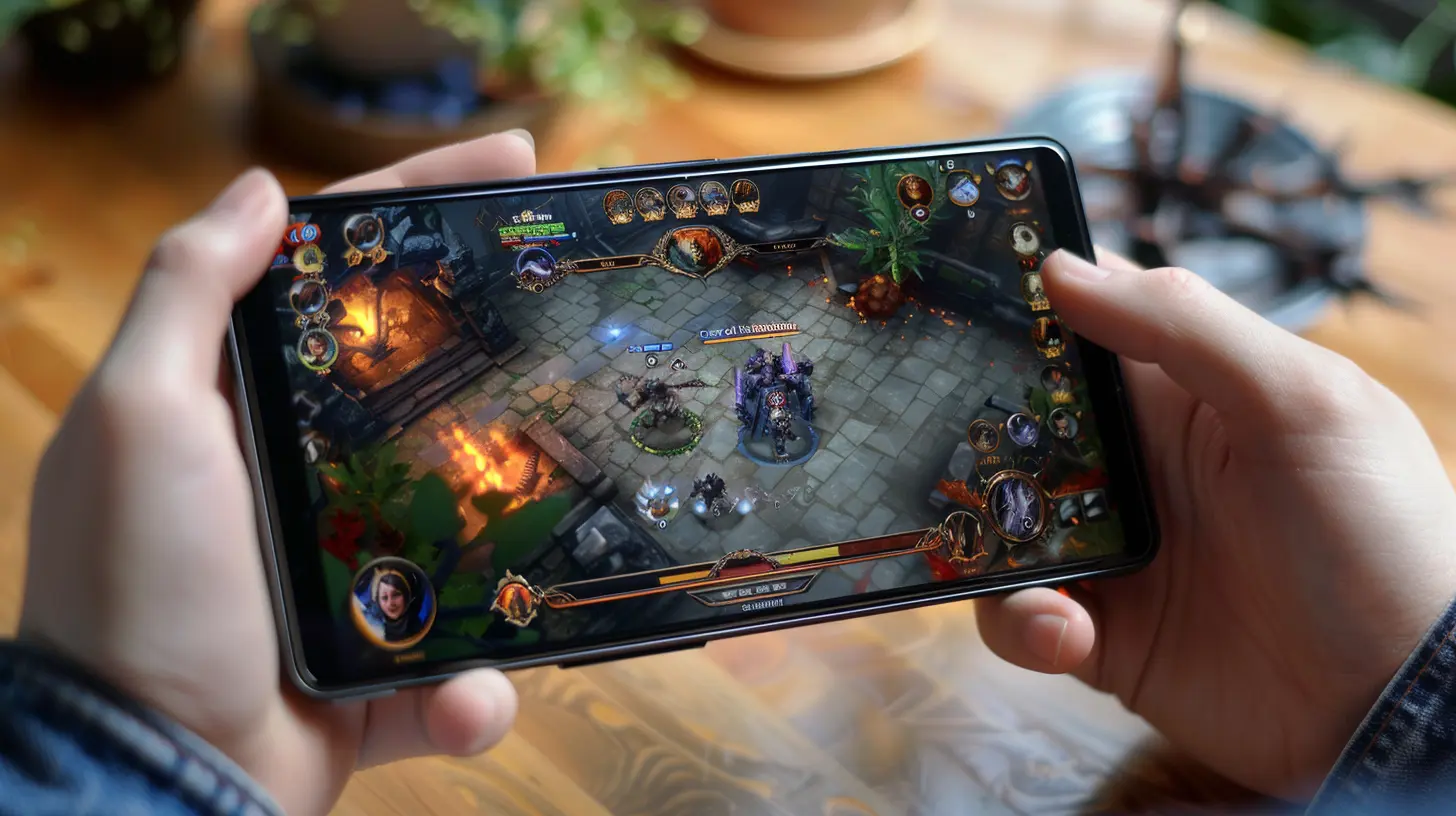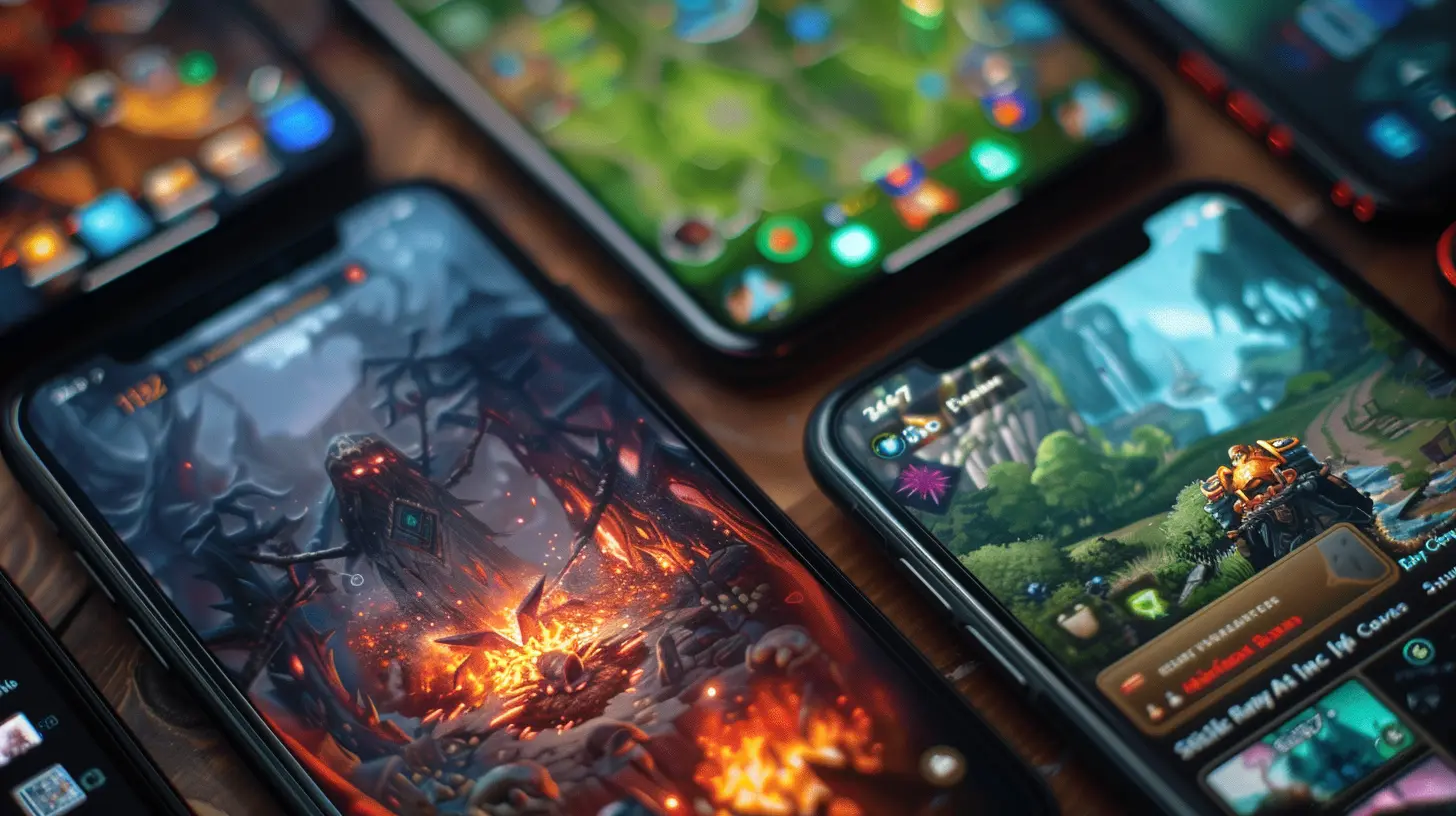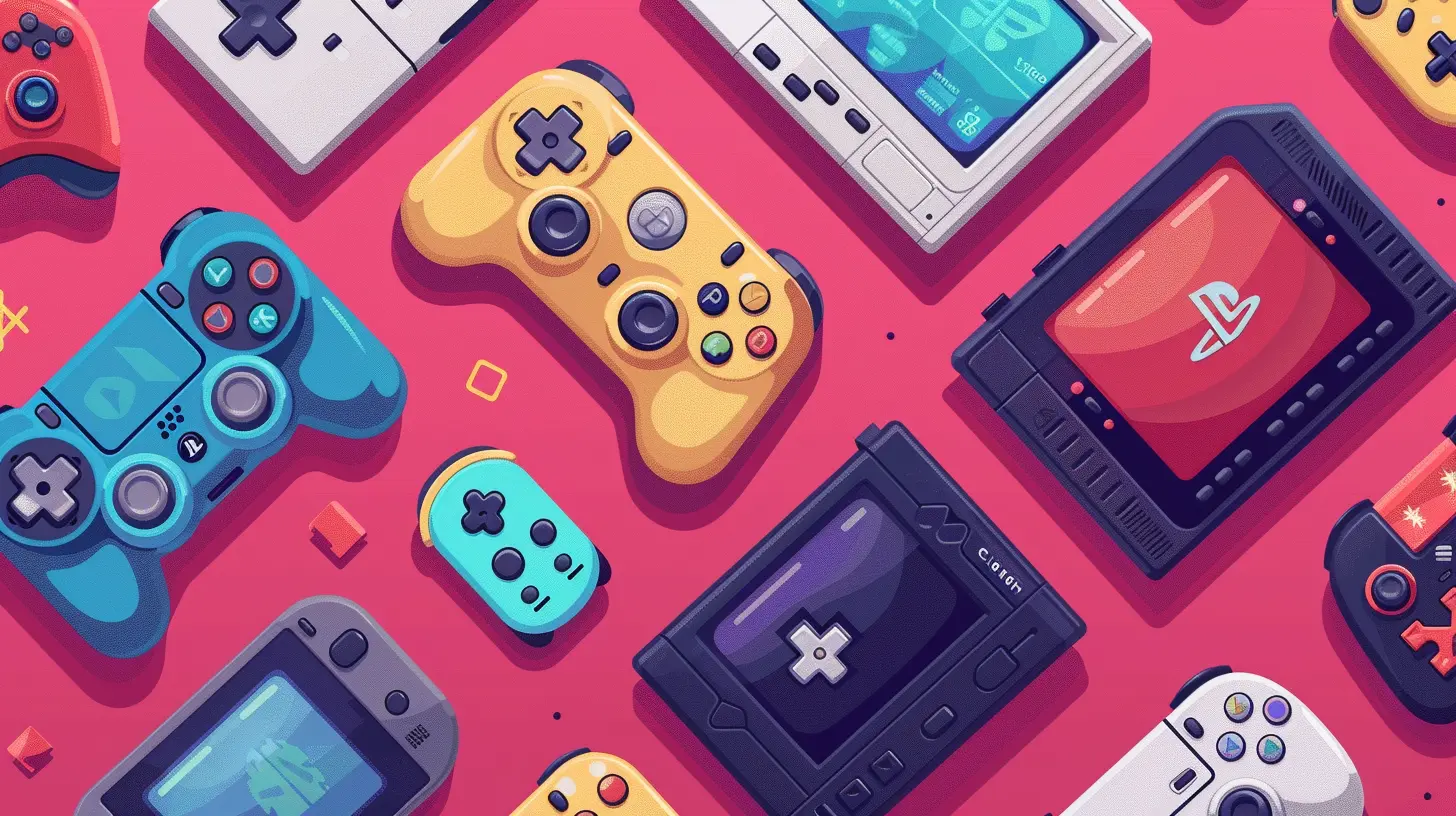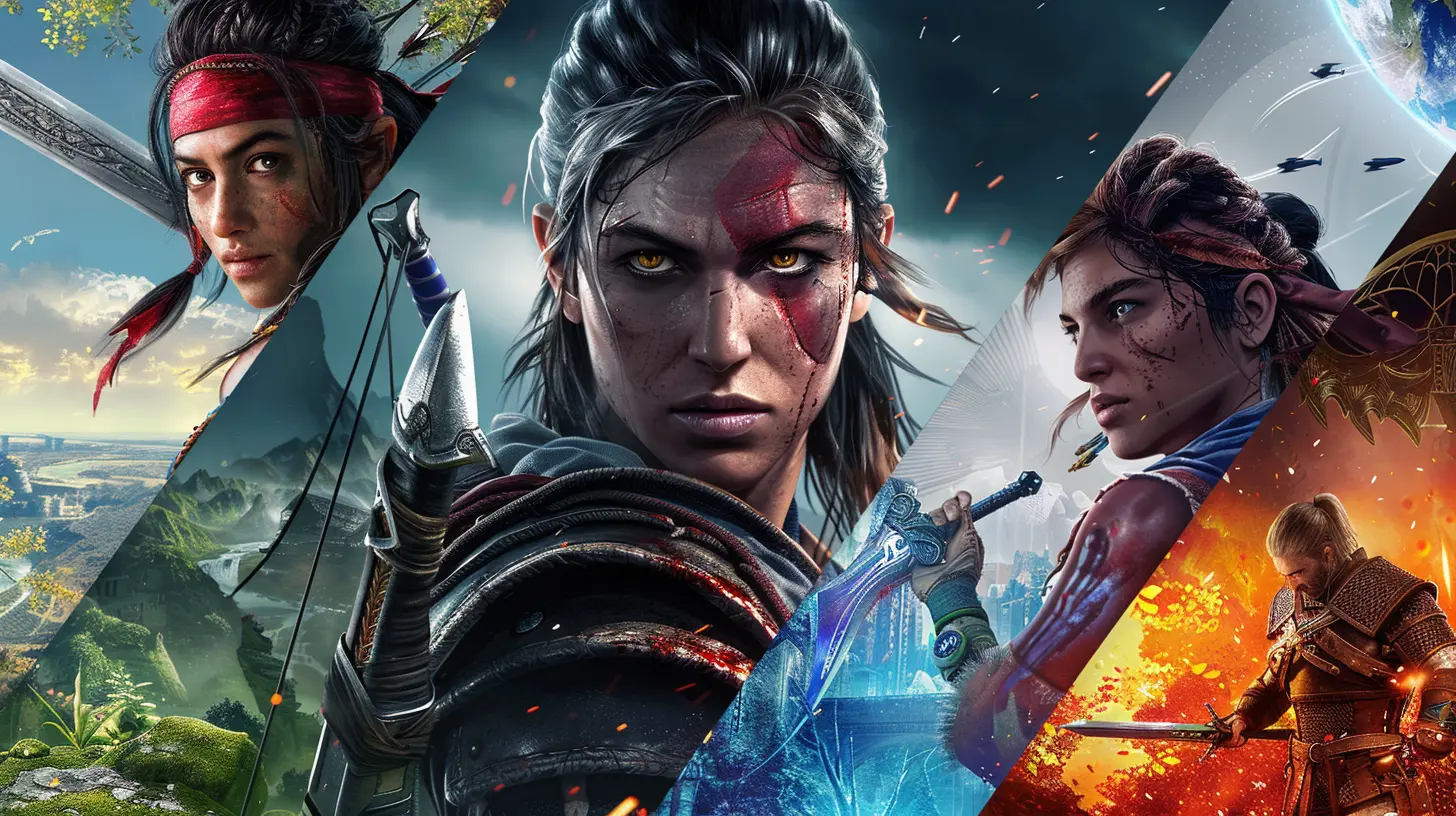Can Cross-Platform Games Keep You Competitive?
22 July 2025
Gaming has dramatically evolved in the past decade. Remember when you had to pick a console or a PC and stick to it? Those days are (mostly) gone. Cross-platform gaming has burst onto the scene like a fireball in a boss fight, giving players the ability to connect and compete with others regardless of their gaming hardware. But here’s the real question — can cross-platform games actually keep you competitive?
Let’s grab our favorite controller (or mouse and keyboard), and dive into this topic like we’re dropping into a high-stakes battle royale.
What Does “Cross-Platform” Really Mean?
Let’s start with the basics. Cross-platform gaming simply means players on different devices — PlayStation, Xbox, Nintendo Switch, PC, or even mobile — can all play together in the same game environment. Think Fortnite, Minecraft, Call of Duty: Warzone, Rocket League, Apex Legends, and the list keeps growing.No longer do you have to worry about your best friend being on a different console. Now, you can build, battle, or score goals together — or against each other.
Cool, right?
But here’s the twist: just because we can play together, does that mean we’re playing on an even playing field?
The Competitive Edge: Does Your Platform Matter?
Let’s be honest for a second. If you’ve ever played a first-person shooter on a console and then jumped into the same game on PC, you’ve probably seen a noticeable difference. The precision you get from a mouse and keyboard is like switching from a bicycle to a sports car.Input Differences: Controller vs. Keyboard & Mouse
PC players generally have an edge in reaction time and precision, especially in shooting games. That’s just the nature of the beast. A mouse allows for lightning-fast aiming, while keyboards offer more customizable controls.On the flip side, console players often get aim assist — a feature that helps level the playing field by slightly locking onto targets. Still, it’s not quite the same as a flick shot with a high-end gaming mouse.
So is it fair? Kind of. But depending on the game’s balancing systems, some platforms might feel like they’re bringing a nerf gun to a sniper match.
Matchmaking Systems: How Games Try to Keep It Fair
To avoid a chaotic battlefield, many games implement intelligent matchmaking systems. These try to group players with others using the same input method — mouse and keyboard users battle each other, while controller players do the same.Does It Work?
Eh, sometimes. It really depends on the game. Titles like Fortnite and Call of Duty let you opt out of cross-play if you’d rather fight others on the same platform. That’s great if you're feeling outgunned.But competitive players? They're a different breed. Most will leave cross-play on to face tougher opponents, sharpen their skills, and prove they’ve got what it takes no matter the input.
If you're serious about climbing the leaderboard, you’ll want to be where the best are. And that means embracing cross-platform, even if it’s a bit sweaty.
Game Optimization: Not All Platforms Are Created Equal
Let’s not forget the elephant in the server room — performance.A high-end PC running at 144Hz or higher is a different beast compared to a console capped at 60 FPS (frames per second). And don’t even get started on mobile. The difference in hardware capabilities can absolutely impact competitiveness.
Some games try their best to optimize across platforms, but it's like trying to fit the same armor on a dwarf and a troll — you’re bound to have some gaps.
Graphics Settings and Load Times
Faster load times and smoother frame rates give players an edge in reaction time and map awareness. A PC player might see you first, load into maps quicker, and engage before you’ve even drawn your sword.But hey — it’s not all bleak. Next-gen consoles are closing the gap quickly. And some games allow you to tweak graphics settings even on consoles, giving players more control than ever before.
Communication and Teamwork: Cross-Platform Voice Chat & Party Systems
We all know communication is key in competitive games. That lone wolf strategy? It rarely works out. Cross-platform play used to mean awkward silence or relying on third-party chat apps.Luckily, that’s changing.
Enter Cross-Platform Voice Chat
Many modern games now support built-in voice chat that works across all platforms. That means Xbox players can coordinate with PC teammates, and mobile users can strategize with Switch warriors.Still, these systems aren’t always perfect. Voice quality might vary, connections can be buggy, and not everyone wants to deal with open mics from every type of device under the sun. But the foundation is there, and it’s improving.
Stronger communication leads to better teamwork, and better teamwork gives you a competitive edge — no matter what platform you're on.
The Psychological Edge: Are You Ready for the Challenge?
Let’s talk mindset for a sec. Playing cross-platform isn’t just about hardware, software, or input devices. It's about the challenge. It’s about pushing your limits, adapting to new opponents, and stepping outside your comfort zone.You may lose. You may get stomped. But every match teaches you something new. It’s like sparring with a variety of opponents — some fast, some tricky, some unpredictable.
If you’re naturally competitive, that’s fuel for growth.
Cross-Platform Games That Keep You Sharp
Here are a few titles that not only support cross-platform play but also keep you razor-sharp:- Fortnite – Build or shoot, the competition is ruthless.
- Call of Duty: Warzone – Fast-paced, cross-play enabled, with sweaty lobbies.
- Apex Legends – Movement-focused and unforgiving. One wrong step? You're out.
- Rocket League – Precision, timing, and teamwork in a fast-paced arena.
- Minecraft (PvP Servers) – You’d be surprised how competitive block-based combat can get.
Each of these games offers ranked modes or tournaments that allow you to measure yourself against a wide pool of players.
The bigger the pool, the better the competition — and the faster you improve.
Challenges That Still Exist
Alright, let’s not sugarcoat it. Cross-platform gaming still has hurdles worth mentioning.Cheating and Hacks
Unfortunately, PC is more vulnerable to cheats and hacks. When you mix platforms and don’t separate matchmaking properly, console players might face off against not just better aim but also unfair advantages. That’s not just uncompetitive — it’s unfair.Patch Timing & Updates
Some games get updates rolled out on PC first and consoles later. Timing might not seem like a big deal, but in the competitive scene, balancing changes and new meta-shifts can impact results very quickly.If your platform gets the update late? You're behind the curve.
Can Cross-Platform Games Make You Better?
Let’s flip the earlier question: not just can they keep you competitive, but can they actually make you better?Absolutely.
Playing against a diverse pool of opponents with different strategies, speeds, and skills is like training in different gyms. You get exposed to new tactics, unexpected playstyles, and unusual challenges. Over time, you adapt. And when you adapt, you improve.
You may not always win, but you’ll grow.
Tips to Stay Competitive in Cross-Platform Games
If you’re serious about improving your competitive edge in cross-platform titles, here are a few solid strategies:1. Choose Your Input Wisely – If you're on PC, use keyboard and mouse. If you're a console player, take full advantage of aim assist.
2. Invest in Performance – Consider performance upgrades like a higher refresh rate monitor or a pro controller.
3. Use a Wired Connection – Lag is the enemy. Reduce input delay and boost stability with Ethernet.
4. Practice Against Better Players – Yes, it's frustrating. But it works.
5. Watch the Pros – See how cross-platform elite players manage differences and what strategies they use.
6. Stay Updated – Keep up with game patches, meta changes, and platform-specific performance tips.
The Verdict: Do Cross-Platform Games Keep You Competitive?
So, after all that — can cross-platform games keep you competitive?The answer is a definite yes... with a little asterisk.
They offer a broader talent pool, stronger opponents, and diverse strategies. They expose you to new tactics and force you out of your comfort zone. That’s where real growth happens.
But they also come with challenges — input differences, performance variances, and occasional unfair matchmaking. You’ve got to be aware of these and plan around them.
If you embrace the chaos, adapt your playstyle, and stay sharp, cross-platform gaming doesn’t just keep you competitive — it might make you even better than before.
So go ahead, squad up with your friends on different platforms, turn cross-play ON, and see where you stack up.
Just don’t forget to have fun — because at the end of the day, that’s what gaming is all about.
all images in this post were generated using AI tools
Category:
Cross Platform GamesAuthor:

Aurora Sharpe
Discussion
rate this article
2 comments
Cora McCartney
Great article! Cross-platform gaming truly levels the playing field and enhances competition. It’s fascinating to see how this trend impacts player dynamics and community engagement. Looking forward to more insights on this topic!
November 27, 2025 at 4:12 PM

Aurora Sharpe
Thank you for your thoughtful comment! I'm glad you enjoyed the article and agree that cross-platform gaming is transforming player dynamics. Stay tuned for more insights!
Victoria McGee
Unity fuels fierce competition!
August 4, 2025 at 3:12 AM

Aurora Sharpe
Absolutely! Unity enables cross-platform development, leveling the playing field and fostering healthy competition among gamers.


